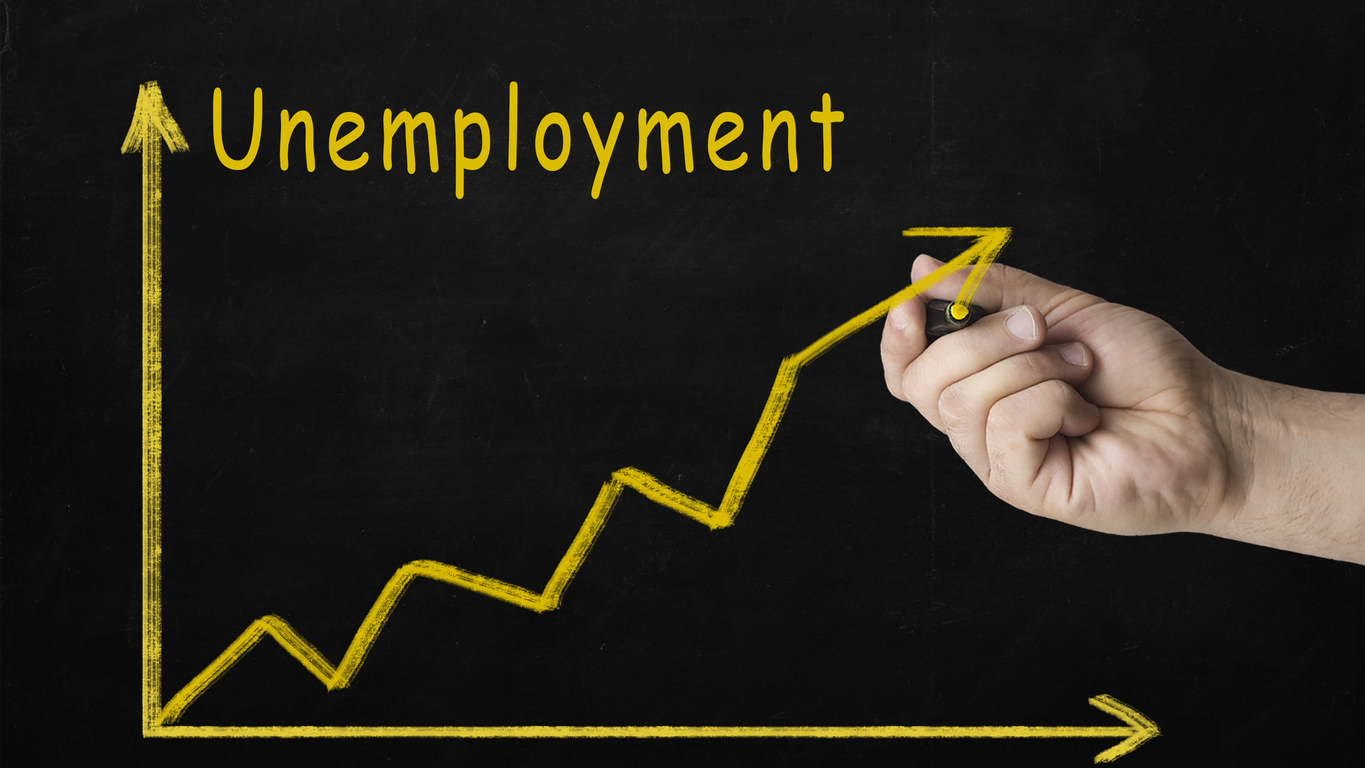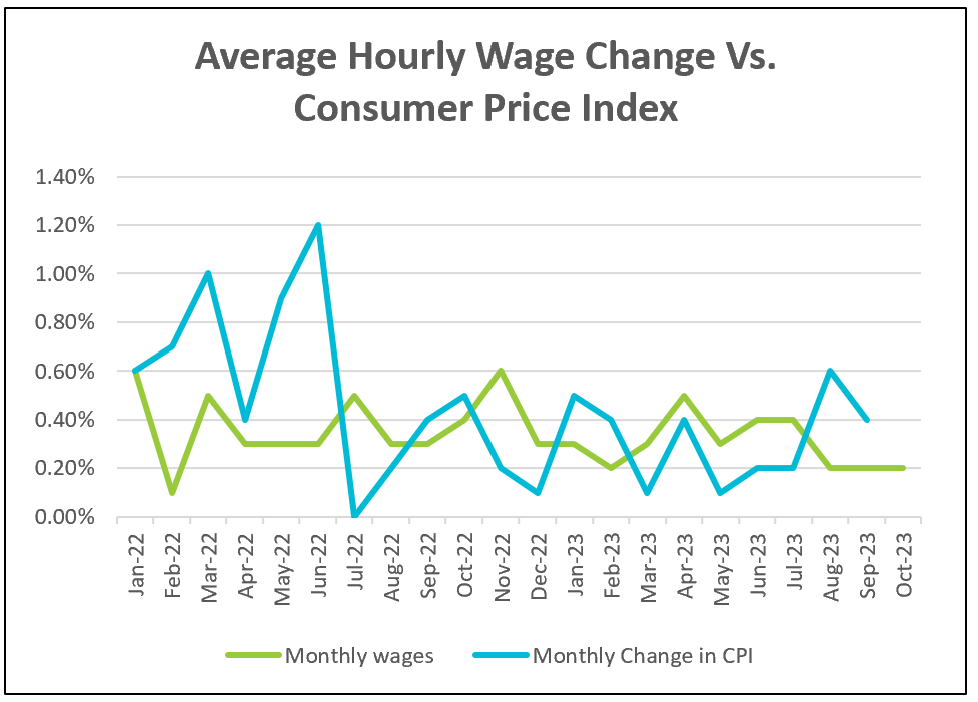
The Federal Reserve’s quest to tame inflation is closer to being successful after the labor market cooled in October. Employers hired the fewest number of workers since June. Unemployment reached its highest rate in nearly two years, and weekly compensation fell slightly as wage increases failed to make up for a shorter workweek.

The highlights from the Bureau of Labor Statistics’s report, The Employment Situation – October 2023, are listed below.
The stock market opened higher following the release of the employment report. Investors were encouraged by the news that payrolls were lower, unemployment was higher, and inflation adjusted wages fell because the report was a harbinger of lower inflation. It reduced the likelihood that the Fed’s policymakers will raise their target for the federal funds rate in the future.
Last week, the government reported the economy picked up steam in the third quarter and grew at an annual clip of 4.9%, the most since the end of 2021. The labor market provided strength because the tight conditions continued to add to payrolls and increase wages, thereby financing a surge in consumer spending. A rising aggregate demand has pushed the price level higher. Most economists believe growth will slow in the fourth quarter, and this week’s report supports their view.
Payrolls increased by 150,000 workers, the smallest increase since June. The UAW strike accounted for a loss of 35,000 workers, but payrolls were lower than for the past three months, even after adding back the payroll losses. (The UAW and automakers reached a tentative agreement so these workers will likely return to work in November.)
During the prior two quarters, employers increased wages and retained employees because a shortage of workers made hiring and retaining employees a greater challenge. In March 2022, companies posted 12 million job openings, nearly two openings for every willing worker. The shortage persisted during the first quarter, but workers returned to the workforce. That was encouraging news because a growing labor market makes it easier for companies to find employees and limits the pressure on them to raise wages. The worker shortage improved in October. Last week, the Labor Department reported that employers posted 9.6 million job openings in September, or 1.5 openings for every unemployed worker. (JOLT) Still, the unemployment rate inched up to 3.9%, its highest level since January 2022, despite a 201,000 decrease in the number of people willing to work. That was the first drop in the civilian labor force since April and is discouraging news for policymakers at the Fed. A prolonged decline in the labor force could force employers to increase wages. Chairman Powell has repeatedly emphasized the need for wage increases to subside to curb inflation.
Total weekly compensation fell slightly in October because of a shorter workweek and a slight (0.2%) wage increase. It was the smallest monthly wage increase since February 2022. Likewise, the 4.1% wage gains over the prior year were the lowest since June 2021. A continued drop in compensation would stifle the growth in consumer spending.

The graph above illustrates the relationship between wages and inflation since 2022. Between February and August of 2023, increases in monthly wages exceeded inflation, which made it easier for households to increase their spending. However, since August, wages have not kept pace with inflation, making it harder for households to meet their budgets.
Economic growth surged in the third quarter. However, a cooler labor market and other signs indicate a slowdown is likely in the fourth quarter. Will inflation also decelerate? The Bureau of Labor Statistics will release Consumer Price Index - October on Tuesday, November 14th. Read Higher Rock’s summary and analysis shortly after its release.